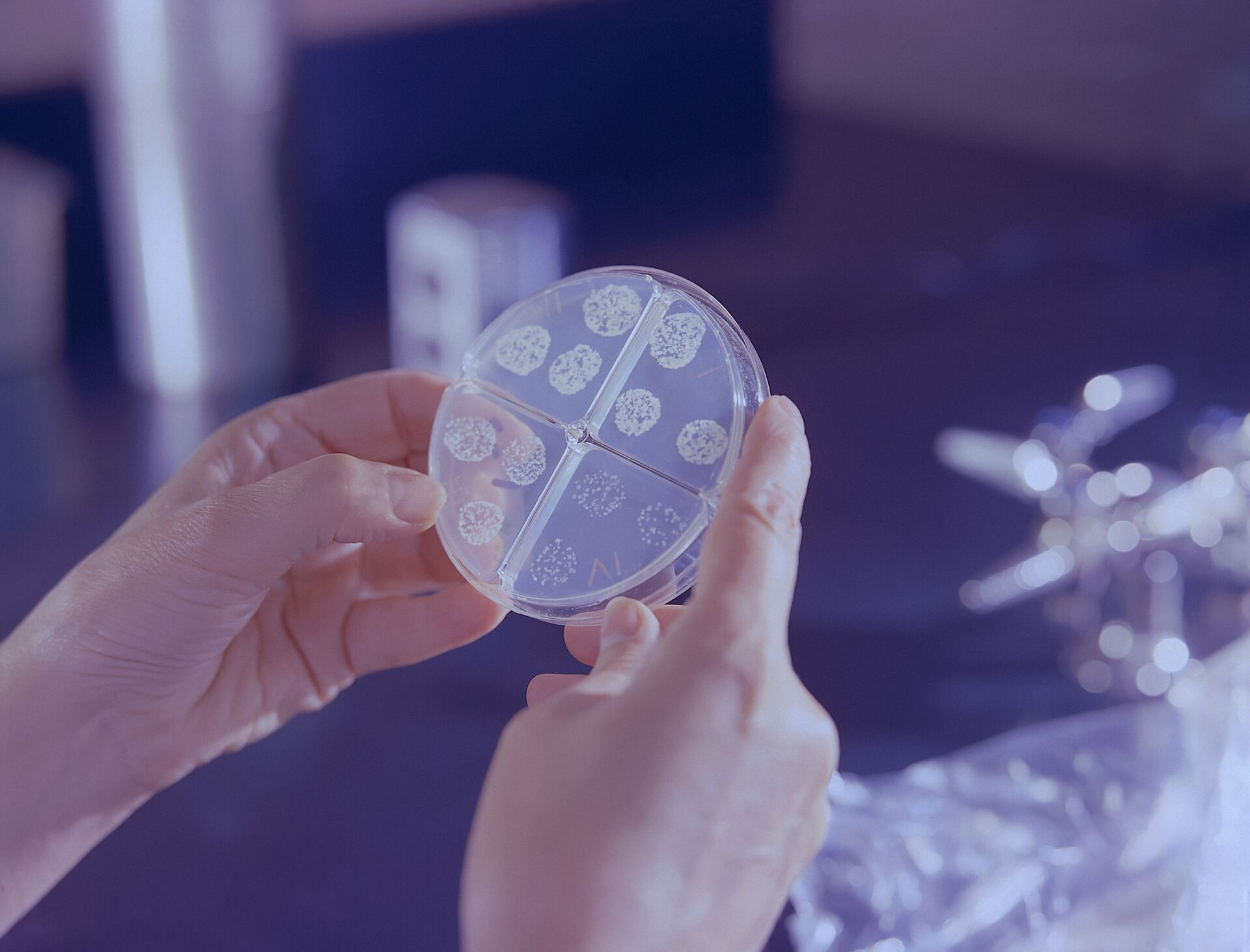Antibiotic-resistant bacteria are increasing worldwide and finding new drugs is becoming more difficult, making diseases such as tuberculosis or pneumonia difficult, and sometimes impossible, to treat. Science is looking for alternatives, and one of the most promising is phage therapy.
Still experimental, but with success in various hospitals around the world, such as that of a woman infected with “Klebsiella pneumoniae” during the Brussels airport attack in 2016, the treatment uses bacteria called bacteriophages viruses that infect bacteria.
Researchers Iñaki Comas and Pilar Domingo-Calap concluded for EFE that they have proven to be able to fight the most complex bacterial infections, especially in combination with When antibiotics are used in combination.
dangerous level
Antibiotics represent one of the most revolutionary discoveries. They laid the foundations of modern medicine, not only for curing previously deadly infections, but also for transformative interventions such as transplants, the Spanish Higher Council of Scientific Research (CSIC) mentions in its monograph “Science for Public Policy”.
Unfortunately, he added, its overuse led to a dramatic increase in the resistance of bacteria — which mutated.
The World Health Organization says it is one of the greatest threats to global health, food security and development today, and its growth has reached dangerous levels.
Antibiotic-resistant infections kill 1.2 million people a year, a figure that could increase tenfold by 2050, according to a study by The Lancet that analyzed 204 countries. Urgent action is required.
Iñaki Comas, coordinator of the Valencia Institute of Biomedicine (IBV), said: “It is increasingly difficult to find a real new antibiotic, which is why we have to look for alternatives, the most What’s interesting is phage therapy.” CSIC Global Health Platform.
Phages, over a century of history
Phages were discovered more than a century ago by French-Canadian microbiologist Félix d’Herelle, who first administered the therapy to patients in 1919.
However, the discovery of penicillin in 1928 and its subsequent commercialization and the boom in antibiotics superseded research on phage therapy, except for some countries in the former Soviet Union, such as Georgia, which today refers, despite its ups and downs, through his George Eliava Institute in Tbilisi (Eliava collaborated with d’Herelle and was executed in 1937).
But over the years, largely as a result of misuse—years of antibiotics without a prescription and misuse in the field of agronomy—resistance has begun to emerge, leading to longer hospital stays, increased mortality and costs; for example, in Europe, at current exchange rates, treatment A normal tuberculosis patient costs about $216, but if the “Mycobacterium tuberculosis” bacteria is multi-drug resistant, it costs $32,433.
In extreme cases, when it was extremely resistant, the cost could increase to $216,228.5, Comas recalls.
It is this multi-drug resistance and super-resistance that has drawn attention and brought the scientific focus back to bacteriophages, for which antimicrobials on the market do not work.
arms race
Phages are viruses that infect and kill bacteria, they are very abundant in nature and they are very specific viruses, explains Pilar Domingo-Calap of the Institute of Integrative Systems Biology in Spain.
They identify and use specific bacteria; they use this cellular machinery to create new viruses and engage in an “arms race” with the bacteria until they can destroy it.
As such, they eliminate only the pathogenic bacteria that cause the disease, an ability that makes the therapy a good candidate for personalized precision medicine.
But this specificity can also be a disadvantage because you have to find the right mix of phage for each type of infection, and since it’s a virus, unlike drugs with a chemical structure, its pharmacodynamics are nearly impossible Forecast and measure.
Every patient’s outcome is different, which is why the way clinical trials are conducted and how results are interpreted must change. “We’re moving towards a very personalized medicine,” added Domingo-Carrap, who attended the CSIC Cicero meeting with Comas to talk about their research on superbugs.
Although work has been done at European level, proper regulation is lacking. Phages are now only available as sympathetic therapy, and there are many successful cases, some of which are also used in Spanish hospitals with phages imported from the United States and Belgium.
brussels attack
One of the most famous cases of these viral treatments, published in Nature Communications, was that of a 30-year-old female victim of the 2016 Brussels airport attack who had received antibiotics for a bacterial infection associated with a bone fracture. Been out for almost two years.
After intervention and stabilization in the operating room, the victim developed septic shock from an infection in the left thigh surgical wound despite antibiotic treatment. Subsequently, the research team at the Erasmus Hospital in Brussels selected and engineered a specific phage for the “Klebsiella pneumoniae” strain, which is a therapy in combination with antibiotics.
This leads to clinical and microbiological improvement of the wound and its general condition.

